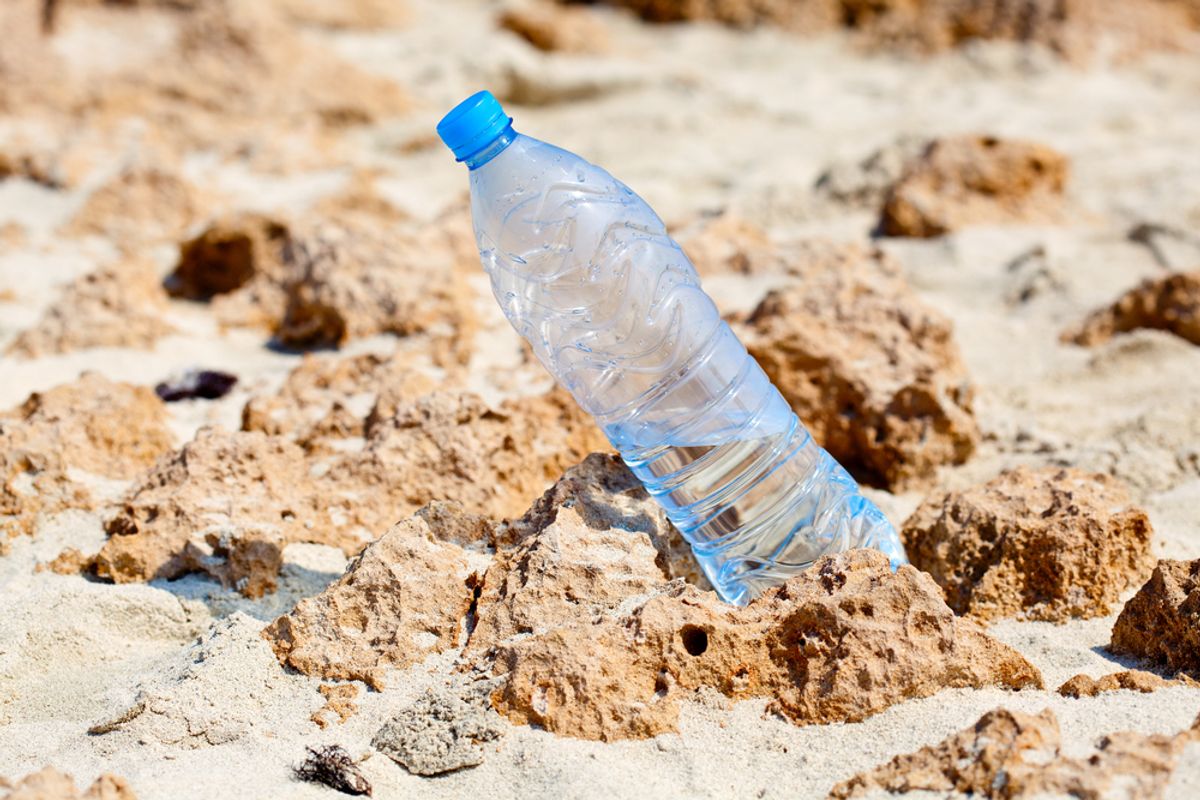As residents of California are urged to conserve water and the state considers placing a mandatory restriction on outdoor water usage, Nestlé is trucking away undisclosed amounts of the precious resource in the form of bottled water.
The Desert Sun has an in-depth report of controversy brewing around the company's bottling plant, which draws water from a drought-stricken area for its Arrowhead and Pure Life brand water. Because the plant is located on the Morongo Band of Mission Indians' reservation, it's exempt from oversight by local water agencies and is able to keep confidential information -- such as the amount of groundwater it's pumping and water levels in its wells -- that other plants would be required to disclose. As a result, critics contend, it's impossible to know just how much of the limited resource the plant is extracting to send elsewhere.
Here's more from the Desert Sun:
"They're entitled to use the groundwater basin, too. Everyone is. But it's just a shame that this water is not being used locally. It's being exported," said David Luker, general manager of the Desert Water Agency. He said DWA's position has been that the Morongo tribe should have to report its water use just like other entities.
"I don't believe there's any way to force them to fork over groundwater pumping information unless there's discovery in a lawsuit," Luker said. But he said the level of concern about the bottling plant in the area doesn't seem to have grown to a degree that leads to such action.
Other concerns are raised by people who live in a neighborhood of mobile homes near the bottling factory. Some say they wish the plant would provide more jobs because many are unemployed. Others say despite living next to the Arrowhead plant, their local water service is poor, with sputtering faucets and frequent breaks in water lines.
"The reason this particular plant is of special concern is precisely because water is so scarce in the basin," Peter Gleick, who wrote the book on bottled water, told the Desert Sun. "If you had the same bottling plant in a water-rich area, then the amount of water bottled and diverted would be a small fraction of the total water available. But this is a desert ecosystem. Surface water in the desert is exceedingly rare and has a much higher environmental value than the same amount of water somewhere else."
Nestlé refused to let the Desert Sun tour the Morongo facilities or release any data about water levels in its wells, but in an emailed statement stood by its operations. "We proudly conduct our business in an environmentally responsible manner that focuses on water and energy conservation," the company said. "Our sustainable operations are specifically designed and managed to prevent adverse impacts to local area groundwater resources, particularly in light of California's drought conditions over the past three years." What that ignores, however, is the basic fact that bottled water is anathema to the concept of environmental responsibility: we're talking about a process that uses multiple times the amount of water bottled just to produce its packaging. Drought aside, the controversy highlights some of the basic contradictions of the $12.2 billion industry -- and if there's anything that's going to open our eyes to its wastefulness, this should be it.

Shares